Hello again, it's Marsha CPDT-KA, back with another fun topic on dogs and dog training – the 4 stages of how dogs learn. Dogs are indeed incredible learners, and their ability to comprehend and respond to various commands and behaviors through training is a testament to their intelligence and adaptability. As responsible pet owners and trainers, gaining insight into the different stages of learning in dogs is key for establishing a strong relationship and successful training experiences.
Similar to human learning processes, dogs go through distinct phases as they acquire new skills, refine their abilities, and maintain their proficiency over time. In this week’s post, we will dig into each of the four stages of learning in dogs – Acquisition, Fluency, Generalization, and Maintenance – providing valuable knowledge to help you better understand and nurture your canine companion.
Whether you're a seasoned dog owner or a first-time puppy parent, understanding these stages will not only enhance your training approach but also deepen your bond with your dog. So, let's jump right in and explore the fascinating journey of how dogs learn and master new behaviors, setting the foundation for a happy and well-trained pup.
Stage 1: Acquisition
Acquisition is the initial and fundamental stage of learning in dogs, where they embark on the journey of grasping new concepts and behaviors. During this stage, the dog is introduced to specific commands or behaviors, and the trainer employs various training techniques, such as capturing, luring, or shaping, to encourage the dog to perform the desired actions. Patience and consistency are important during the acquisition stage, as dogs may not fully comprehend the command right away. It's necessary to repeat the training regularly and reinforce positive behaviors until they start to associate the command with the corresponding action.
Simple commands like "sit" or "stay" are commonly taught during this stage, as they form the bedrock for more complex behaviors later on. Each successful response to a command during this stage reinforces the dog's confidence and builds a strong communication bond with the trainer. Understanding the individual learning pace of the dog is crucial during acquisition, as some dogs may grasp new behaviors quickly, while others might take a bit more time. It's important not to rush or overwhelm the dog with too many commands at once, as this may hinder their learning progress and lead to frustration for both the dog and the trainer.
Positive reinforcement plays a key role in the acquisition stage, where the dog is rewarded with praise, treats, or affection whenever they correctly perform the desired behavior. This positive association enhances the dog's motivation to learn and reinforces the belief that obeying commands brings about positive and enjoyable outcomes. The acquisition stage is a time of exploration and trial-and-error for both the dog and the trainer, as they discover what methods and techniques work best for the individual dog's learning style. By patiently guiding the dog through this stage, the foundation for a strong and successful training journey is laid, setting the stage for the next phases of learning: Fluency, Generalization, and Maintenance.
Stage 2: Fluency
As the dog successfully advances through the acquisition stage, they transition into the fluency stage, marking a significant milestone in their learning journey. During this stage, the dog's proficiency in performing the learned behavior reaches a higher level of reliability and consistency. They begin to grasp the commands with greater clarity and respond promptly and confidently without much hesitation.
Repetition and reinforcement continue to be key aspects during the fluency stage. Consistent and regular practice of the learned behaviors helps to solidify them, ensuring that the dog retains and internalizes the commands more effectively. The more the dog practices, the smoother and more effortless their responses become, demonstrating a deeper understanding of what is expected of them.
Positive reinforcement remains an essential tool in maintaining the dog's motivation and enthusiasm for learning. Praising and rewarding the dog for correct responses during this stage reinforces the notion that performing the desired behaviors yields positive outcomes, encouraging them to continue their cooperative efforts.
It is also important for trainers to address any potential bad habits or incorrect responses that might have developed during the acquisition stage. Identifying and rectifying these issues early on prevents them from becoming ingrained and helps the dog maintain consistent and accurate behaviors.
In the fluency stage, both the dog and the trainer will experience a sense of accomplishment as the dog becomes more adept at understanding and executing the commands. This heightened level of proficiency lays a solid foundation for the next stage of learning, Generalization, where the dog will begin to apply their acquired skills in diverse situations and environments. By nurturing fluency, the trainer sets the stage for even more impressive learning and growth in their canine companion's training journey.
Stage 3: Generalization
The generalization stage represents a crucial and challenging step in a dog's learning process. During this phase, the dog is tasked with applying the behaviors they have learned in various environments and situations beyond the familiar training area. While dogs are excellent at associating cues with specific contexts, they might initially respond well in a controlled environment but struggle to perform the same behaviors in new places or when faced with distractions.
To facilitate successful generalization, trainers must focus on gradually exposing the dog to new locations, people, and distractions during training sessions. By doing so, the dog learns that the commands apply in different situations and not just within the confines of a specific training setting. For instance, if a dog has mastered the "sit" command at home, the trainer can take them to a park or a busy street and practice the same command there to work on generalizing the skill.
Patience and consistency remain essential during the generalization stage. Dogs may take time to adjust to new surroundings and distractions, and their responses might not be as prompt as in a controlled environment. It is important for trainers to provide ample positive reinforcement and encouragement during this phase to help the dog gain confidence and reliability in applying their learned behaviors in diverse settings.
It is not uncommon for dogs to exhibit initial hesitation or confusion during generalization, but with consistent practice and positive reinforcement, they will gradually improve their ability to generalize commands in different environments. The goal is to help the dog understand that the behaviors they have learned are not limited to specific situations but are applicable and relevant across various scenarios. Through patient and attentive training during the generalization stage, trainers lay the groundwork for the final phase of learning, Maintenance, where the dog becomes proficient in reliably performing the commands regardless of the surrounding circumstances.
Stage 4: Maintenance
The maintenance stage represents the final phase of a dog's learning journey, yet it is an ongoing and vital process that continues throughout the dog's life. Once a behavior has been acquired, mastered with fluency, and successfully generalized, it requires consistent reinforcement to remain firmly ingrained in the dog's repertoire.
During the maintenance stage, trainers play an essential role in ensuring that the dog's learned behaviors do not fade away over time. Regular and consistent practice of the acquired commands is essential to keep them fresh in the dog's memory. Just like any skill or knowledge, without practice, the dog's proficiency in these behaviors can diminish.
Periodic refresher sessions are an effective way to reinforce the dog's understanding of commands and bolster their response rate when prompted. These sessions need not be lengthy or intense but should be conducted often enough to remind the dog of what is expected of them. Frequent, short sessions help keep the learned behaviors sharp and maintain the dog's attentiveness to commands.
Moreover, incorporating learned behaviors into daily routines and activities further strengthens the maintenance process. For instance, during walks, playtime, or mealtime, trainers can incorporate commands like "sit," "stay," or "come," providing opportunities for the dog to practice and solidify their understanding.
Consistency is key during the maintenance stage. Ensuring that all family members or handlers use the same cues and commands reinforces the dog's understanding and prevents confusion. Additionally, positive reinforcement should continue to be an integral part of training during this phase, as it reinforces the dog's motivation to perform and respond to commands promptly.
The maintenance stage is not about introducing new behaviors but rather about preserving and reinforcing what the dog has already learned. By investing time and effort into ongoing training, trainers can foster a well-behaved and responsive canine companion throughout their life. A well-maintained repertoire of behaviors ensures a peaceful relationship between the dog and their human family, making everyday interactions more enjoyable and stress-free.
Understanding the four stages of learning in dogs – Acquisition, Fluency, Generalization, and Maintenance – is a key component of successful dog training and building a strong bond with our canine companions. From the initial introduction of commands in the acquisition stage to the dog's proficient and reliable response in the fluency stage, and finally, their ability to apply learned behaviors in various environments during the generalization stage, each phase plays a vital role in shaping a well-behaved and well-adjusted dog. But it doesn't end there; the maintenance stage emphasizes the importance of consistent reinforcement and practice to ensure the dog's learned behaviors remain sharp and effective throughout their life. As responsible pet owners and trainers, our commitment to nurturing and developing our dogs' abilities will result in a harmonious relationship built on trust, communication, and mutual understanding. So, let's embark on this enriching journey of dog training, armed with knowledge and patience, to create a happy, well-trained, and loving canine companion that enriches our lives in countless ways.


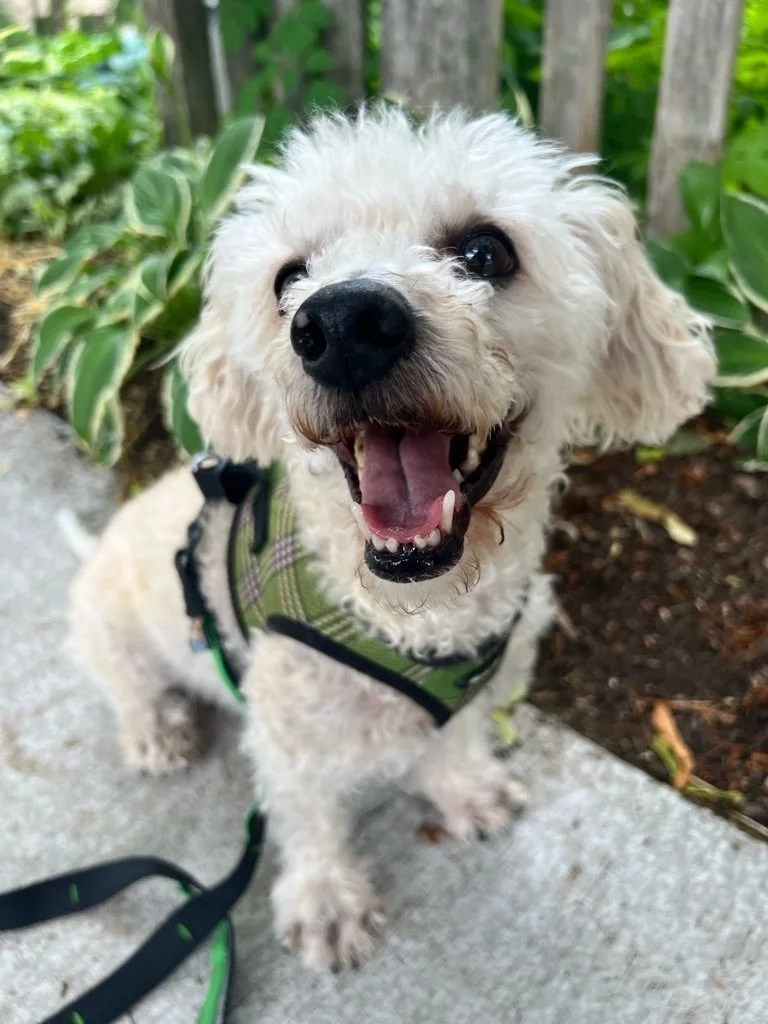
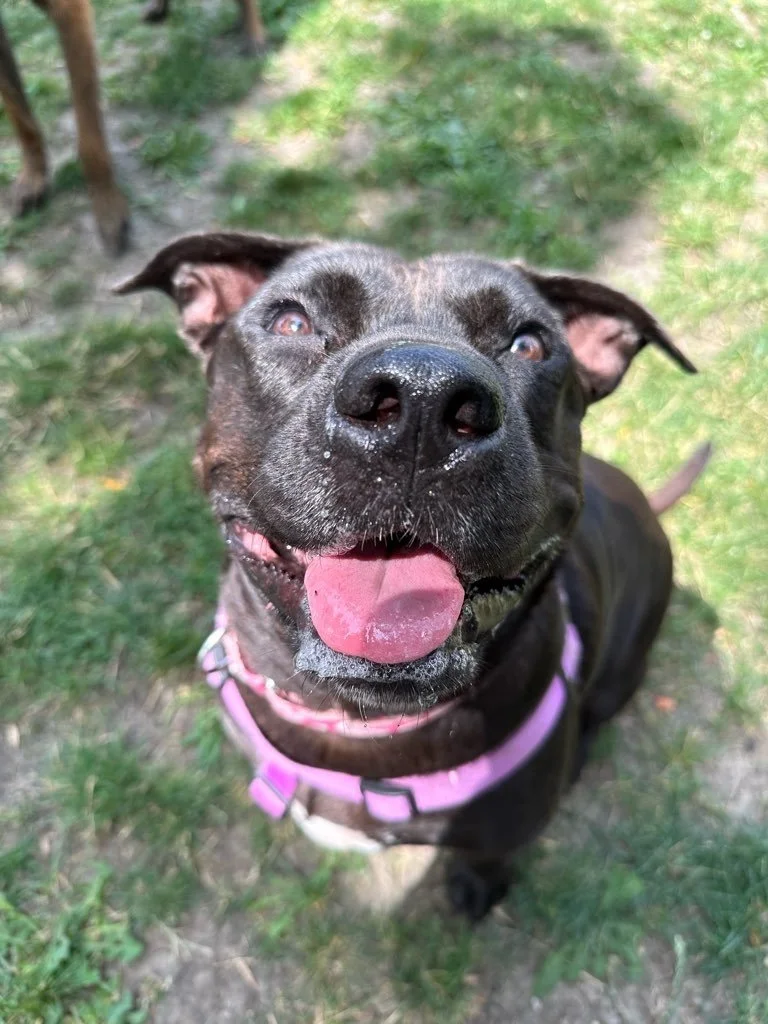

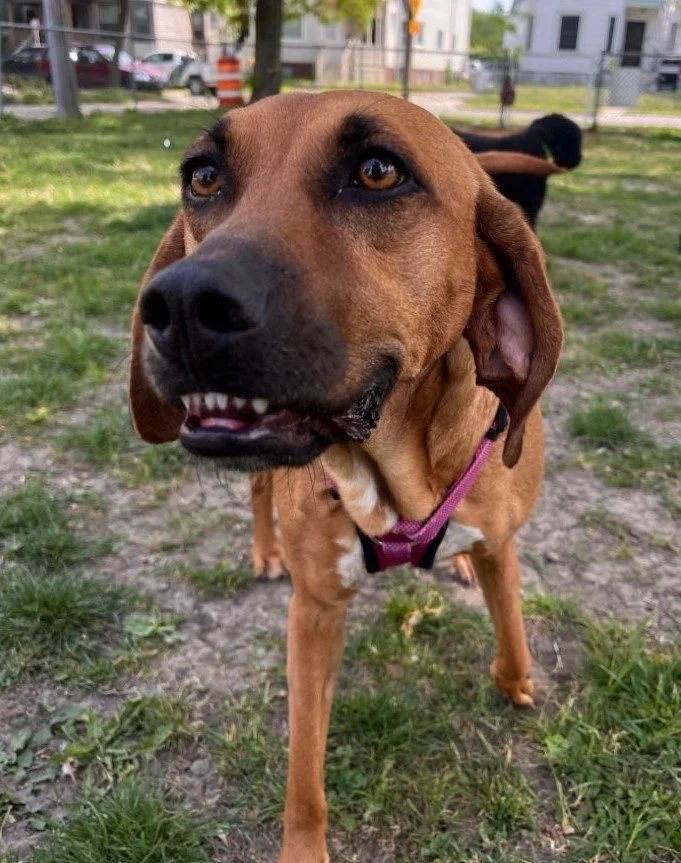
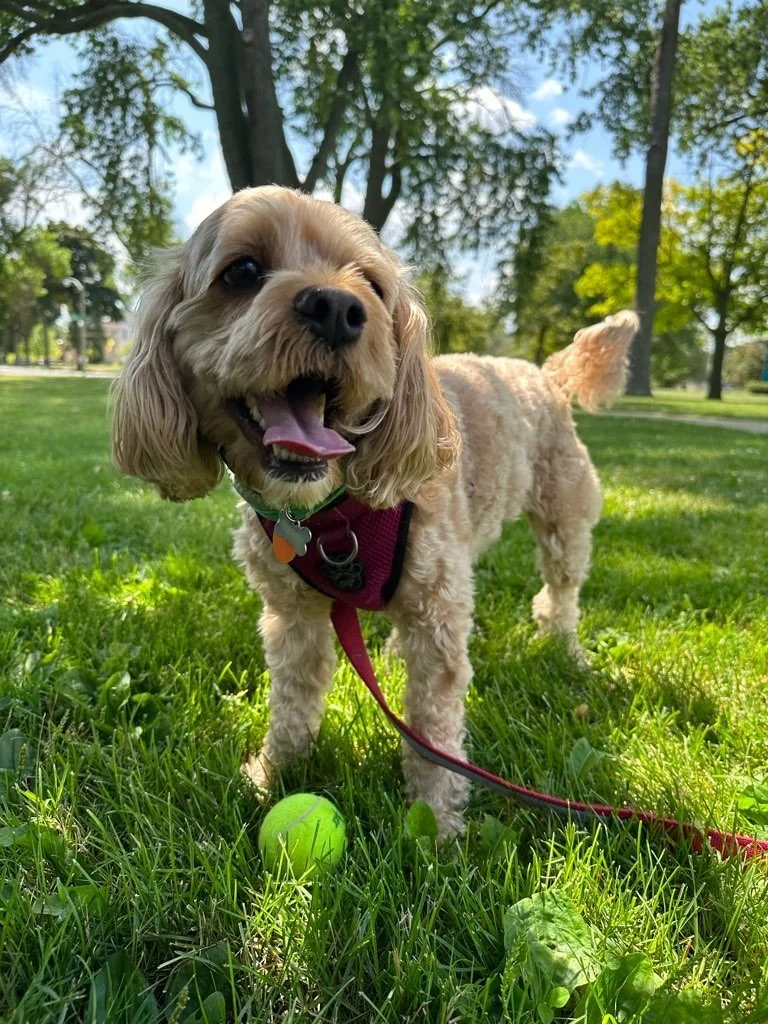
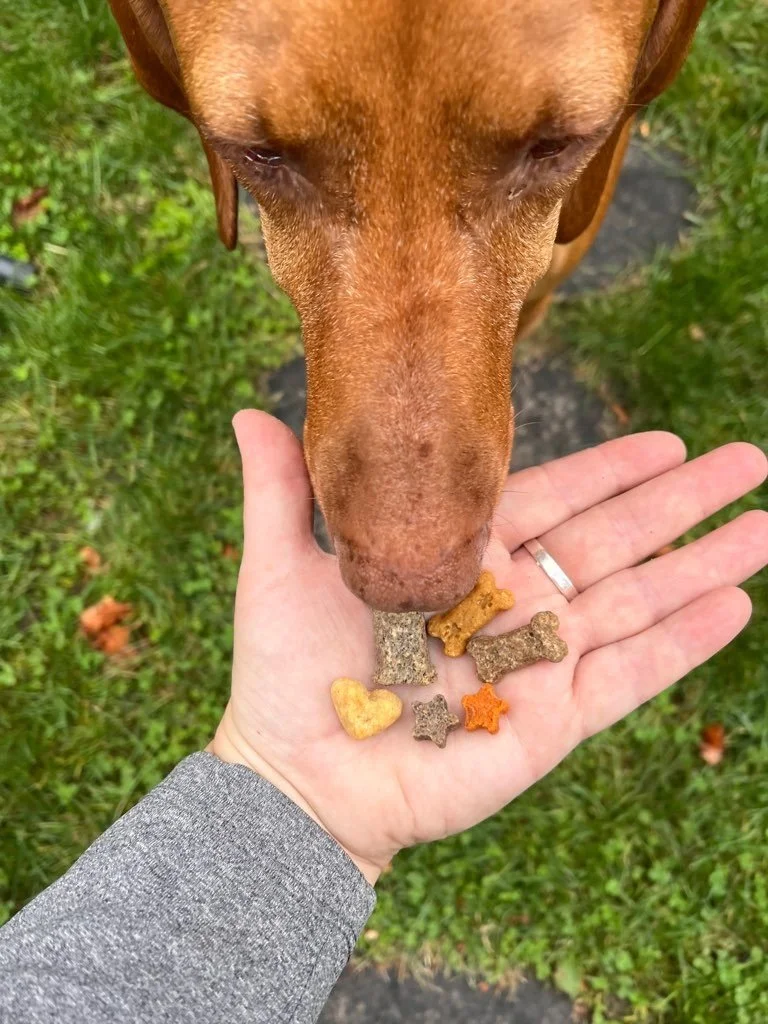

Discover the benefits and practical applications of choice-based dog training methods, also known as positive reinforcement or force-free training. Join us in exploring how giving your furry friend choices during training can lead to stronger skills and a more fulfilling and harmonious relationship for both you and your pup.